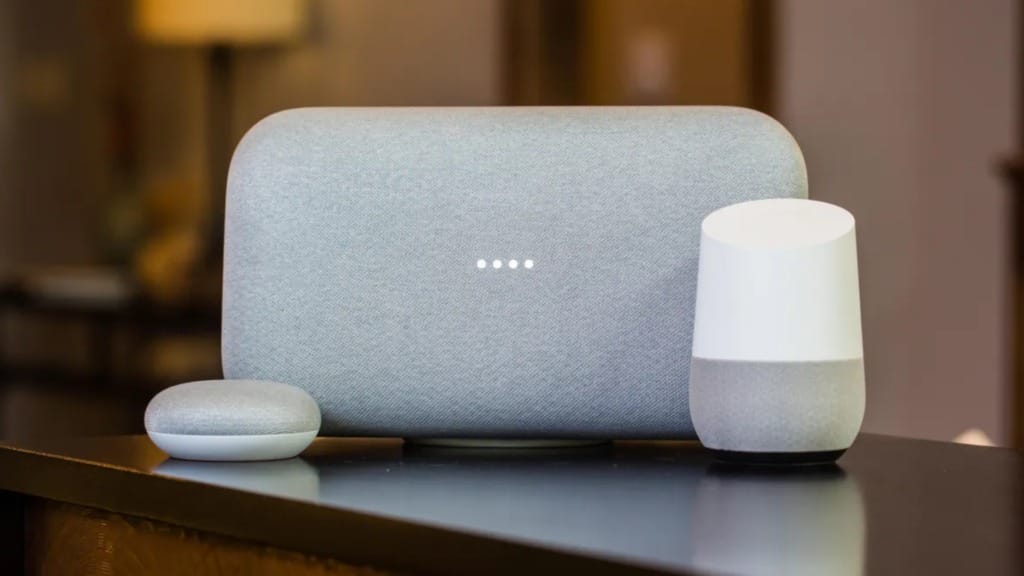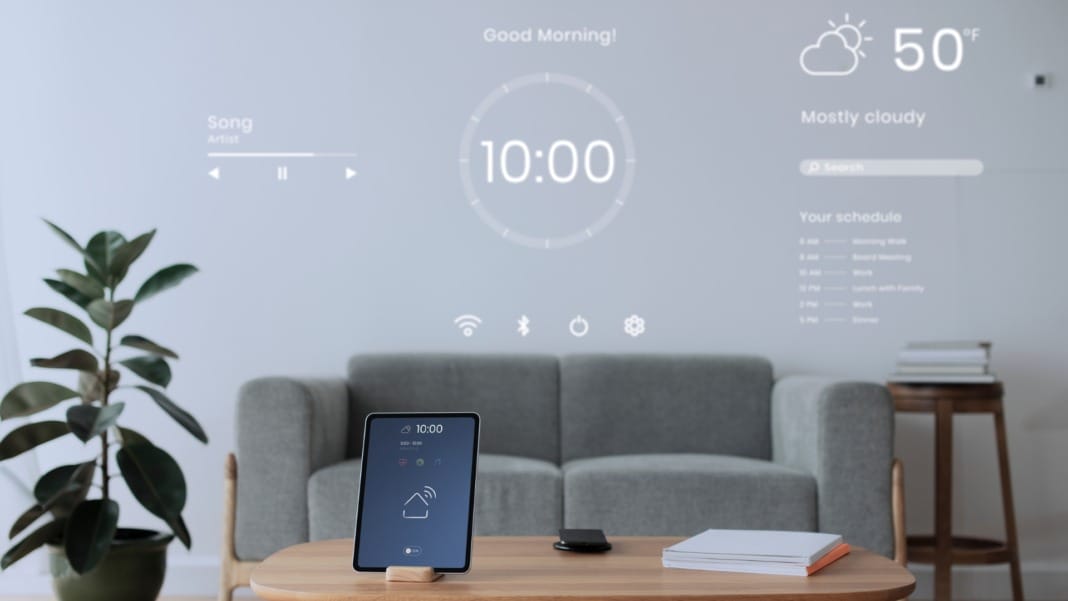Technology has quietly become a seamless part of your daily life, working in the background to simplify tasks, improve convenience, and personalise experiences. From smart homes that adjust to your preferences to wearables that monitor your health, this invisible integration makes your interactions with technology feel natural and effortless. You don’t always notice it, but it enhances every moment without demanding attention.
The shift towards “invisible technology” isn’t about flashy gadgets or futuristic displays. It’s about creating an experience where technology adapts to you, rather than vice versa. Whether it’s a voice assistant managing your calendar or artificial intelligence predicting your next favourite show, these innovations are designed to blend into your life seamlessly.
Smart homes create effortless living spaces
The modern smart home is no longer about isolated devices performing standalone tasks. Instead, it’s about an ecosystem of technologies working together to create an environment tailored to your preferences. Devices like Google Nest Thermostat automatically adjust your home’s temperature based on your habits, learning when you wake up, when you leave, and when you return. Lights from Philips Hue can shift in brightness and colour temperature depending on the time of day, enhancing comfort and energy efficiency.

These technologies excel because they fade into the background. You’re not consciously managing them; they’re just working. Walk into your living room, and the lights dim for a movie night. Leave for work, and the security system activates automatically. Smart speakers like Amazon Echo and Google Home add another layer of seamless control, allowing you to interact with these systems through simple voice commands.
However, the more connected our homes become, the more vulnerable they are to cybersecurity threats. Companies like Apple are leading the way in building secure systems with on-device processing and stronger encryption protocols, ensuring that your data remains private.
Ultimately, smart homes aren’t just about gadgets or convenience—they’re about creating a living space that feels instinctively aligned with your lifestyle. They adjust, adapt, and respond without you even realising it, making the technology behind them nearly invisible.
Voice assistants simplify everyday tasks
When voice assistants like Alexa, Siri, and Google Assistant first emerged, they felt like novelties. Today, they’re indispensable. You can set reminders, play music, control lights, or even order groceries with a simple command.
Advanced natural language processing algorithms power these assistants, so you don’t have to speak in robotic commands. You can say, “Turn off the lights in the living room,” and it understands exactly what you mean. The interaction feels less like talking to a computer and more like conversing with someone who knows you well.
Beyond convenience, voice assistants integrate deeply with other platforms and services. You might ask Alexa to reorder supplies via Amazon Fresh, or have Siri check your schedule while driving. These tools are at their best when they quietly handle tasks in the background, allowing you to focus on other things.
That said, privacy concerns remain a significant topic. With always-on microphones and cloud-based data storage, voice assistants raise valid questions about how much information is being collected and how it’s used. Leading brands have started addressing this, offering more transparency and the option to delete stored recordings.
At their core, voice assistants succeed because they bridge the gap between you and your devices. They remove the friction of typing, tapping, or swiping, replacing it with a simple, natural exchange of words.
Wearable technology blends into your routine
Wearable technology, once considered a luxury, is also now essential to many people’s lives. Devices like the Apple Watch, Fitbit Charge, and Oura Ring are companions that help you stay connected, informed, and healthy. A smartwatch can track your heart rate, monitor your sleep, and notify you of irregularities—all while keeping you updated with calls, texts, and reminders. Fitness trackers encourage healthier habits, nudging you to move more, drink water, or take a moment to breathe. These devices are designed to be unobtrusive, offering insights through subtle taps, vibrations, and easy-to-read displays.

Brands like Garmin and Whoop have taken this further by providing deep performance analytics for athletes and fitness enthusiasts. Meanwhile, devices such as Meta’s Ray-Ban Stories are experimenting with blending augmented reality into daily routines without overwhelming you with technology.
However, wearable tech faces its own set of challenges. These devices collect highly personal health data, and brands must ensure this information is handled securely. Many companies are now prioritising encryption and giving users more control over their data privacy settings.
The beauty of wearable technology lies in its ability to integrate seamlessly into your life. You don’t have to think about it—it just works, providing meaningful insights and timely reminders exactly when you need them.
Artificial intelligence as the invisible force behind it all
If smart homes, voice assistants, and wearables are the visible layers of seamless technology, AI is the invisible engine powering them all. Artificial Intelligence works quietly in the background, analysing data, predicting behaviour, and optimising experiences without you even noticing.
Take Netflix, for example. Its recommendation algorithm knows your taste better than you might. Or Amazon, which suggests products you didn’t even realise you needed. AI also powers tools like predictive text in your emails, spam filters, and chatbots that resolve customer queries almost instantly.
What makes AI so effective is its ability to process context. It doesn’t just respond to commands—it understands patterns. Your smart home knows when to lower the blinds because AI detected the sunset time in your location. Your voice assistant knows when to suggest leaving early because traffic on your route is unusually heavy.
But AI isn’t without its complexities. Ethical concerns like data bias, transparency, and accountability remain critical topics in the tech industry. Companies like Google DeepMind and OpenAI are actively working to address these issues and make AI systems fairer and more transparent.
AI’s true power lies in its subtlety. When it works well, it feels like magic—an invisible hand guiding technology to serve you better, faster, and smarter.
The invisible thread: Human-first technology
A simple yet powerful principle ties all these innovations together: technology should adapt to you, not vice versa. Smart homes that predict your needs, voice assistants that understand your commands, wearables that move with you, and AI that refines your experiences exist to make your life easier, not more complicated.
The less you notice these technologies, the better they do their job. They work best when invisible—when they blend into your day seamlessly, enhancing every moment without demanding your attention.
In the end, the future of technology isn’t about creating more devices. It’s about creating better experiences that feel intuitive, human, and effortless.





